Here are 5 benefits of living in a tiny house:
- Create a “net zero” carbon footprint
- Low costs
- Back to basics
- A dream
- Freedom and independence
Create a “net zero” carbon footprint
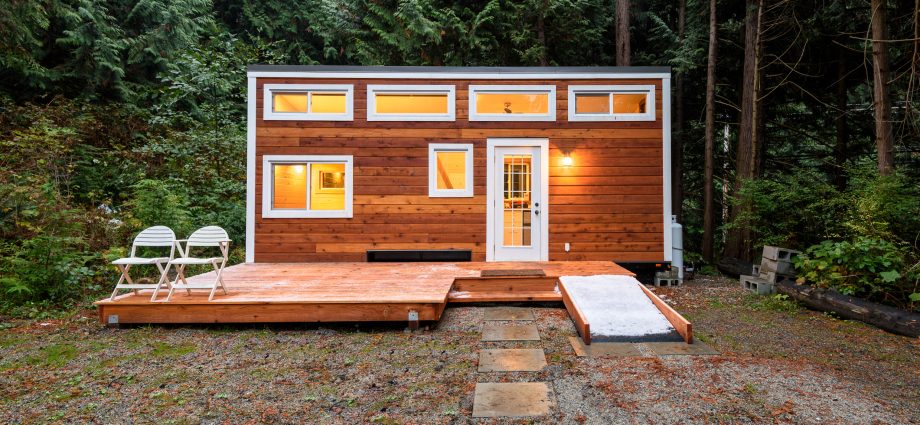
Tiny homes are considered net-zero buildings, which are structures that use less energy than the energy generated on-site by renewable sources such as solar panels. Because tiny houses use less energy, they are easier to power with renewable energy. They also require fewer materials to build, so less energy and natural resources are wasted in their construction. Additionally, tiny houses are easier to fully insulate, further improving their carbon neutrality. They are also more resilient; They’re easier to heat and cool, and there’s no room for unnecessary electronics. As a result, many tiny houses can be powered by just a few solar panels. In addition to using less energy, they also use less water because they have smaller showers and water heaters.
Low costs
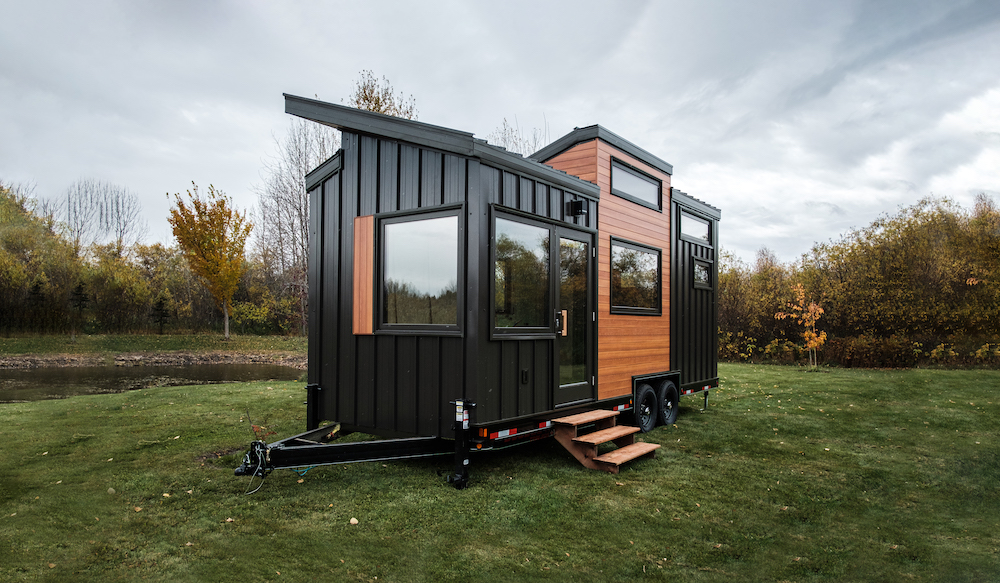
Tiny houses also cost much less than traditional houses. Along with lower start-up costs, they also require less land for sitting. Less land means homeowners have a smaller lawn to maintain. Additionally, maintaining a 300-square-foot home is much cheaper than maintaining a larger 2,000-square-foot home. While the current average new home costs $450,000, the average micro home costs around $150,000. You can save a huge amount of money by living in one of these cute but practical houses because they cost so much less. Monthly expenses are also significantly lower than an average-sized home, further reducing the total cost of ownership.
Housing is a major issue for low-income people. Buying a home could easily require 40% or more of your monthly income, causing a dangerous debt-to-income ratio and financial instability. In such circumstances, obtaining a mortgage loan can be difficult, not to mention risky.
As a result, long-term rentals are often the best option for families who can afford them. Because there is a lower barrier to entry, renting is a way of life for many people. Unfortunately, renting does not provide the benefits of owning. Tenants are subject to eviction, non-renewal of leases, and rent increases at the discretion of the landlord. However, even more important is their failure to develop an asset that is one of the keys to financial security and wealth accumulation.
Tiny houses provide a “luxury alternative” to conventional mobile homes. Tiny houses, which are often more affordable and bursting with character, are superior to a trailer in many ways. They often turn out to be the best option for low-income families across the board, because as a path to financial freedom, owning a tiny home makes a lot of sense. The average price for a completed tiny home is approximately $40,000. By comparison, the average home price in America is approximately $170,000. Depending on where you live, the average cost of a home can be significantly higher. When you factor in private mortgage insurance, interest owed to your lender, and property taxes, a tiny home is a fantastic financial decision.
Back to basics
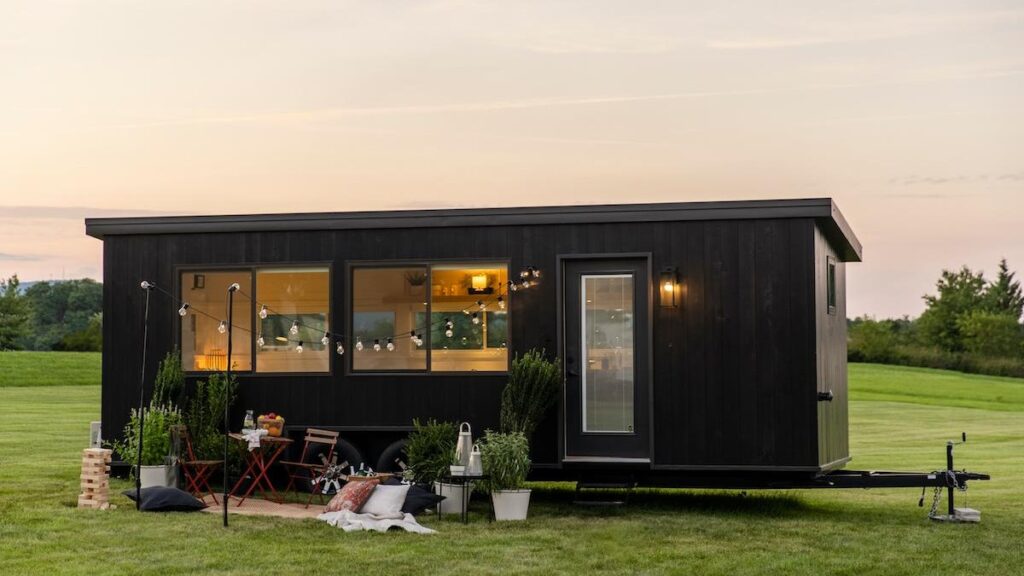
You might be surprised at how much money people spend on things they don’t need. However, they are less likely to buy things they don’t need if they don’t have space to store them. This allows them to minimize clutter and get back to figuring out what matters to them. In the worst-case scenario, all the money a tiny home will save you will more than cover the cost of buying more storage space. Microhomes come in all shapes, sizes and shapes. Many people choose to downsize because they want a simpler, debt-free lifestyle with many different opportunities for improvement.
Some people are part of this unique community of people who have decided to move away from the status quo and instead live in houses that are almost comically small. Like manufactured dollhouses for adults, tiny houses have a very enthusiastic following of both participants and outside observers. Part of their intrigue lies in the creativity required in planning and constructing these small dwellings. Just like any other home, tiny homes need to have areas for cooking, storing food, bathing, washing clothes, and sleeping.
“Going tiny” usually causes a person to downsize their possessions. The design must consider the person’s final inventory, which includes what reveals the resident’s needs, passions, and values. Casey and Catherine’s home is no exception. Their new home, built on a 7 by 2.5 meter trailer, contains the things that are most important to them.
A dream
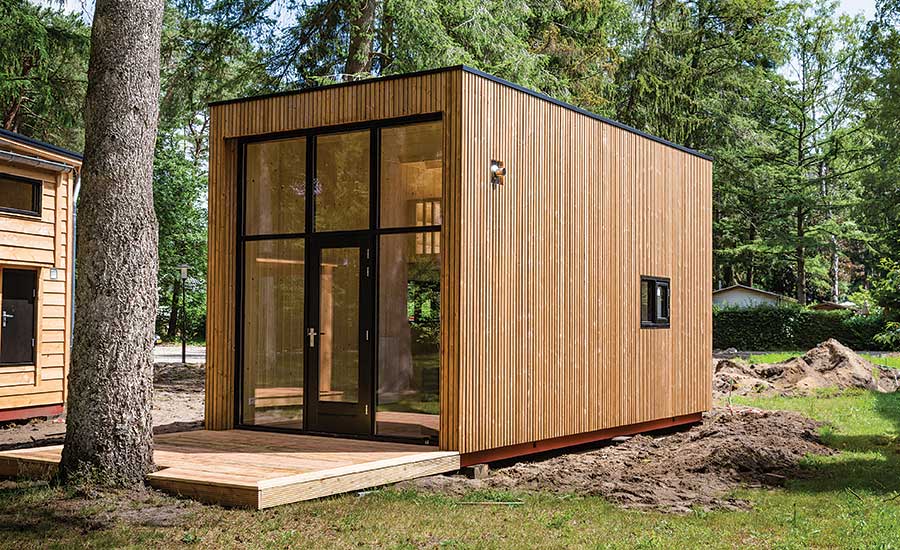
People continued to look for bigger and better things in all aspects of their lives. We’ve all heard the myth: success means a six-figure job with a corner office, a luxurious estate, and a car so big it rivals the buses of your local high school. This way of thinking is deeply ingrained in the American psyche. These days, most people consider a big house to be a sign of success. That’s why people are looking for houses more and more. The problem is that most people can’t afford a mansion, and since the real estate bubble burst, most people and families can barely afford a home.
A large segment of the tiny house movement is made up of disenfranchised people who see a huge gap between the way things are and the way they should be. However, the most serious of their problems are financial. People just want to throw off the shackles of debt and live on their terms.
Most people who graduate from college have no prospects in the industry and do not have hundreds of thousands in debt. Add to that the typical 30-year mortgage required to buy a home, and you have a debt prison that makes life a money game.
The good news is that there are other ways to achieve your dream. For those who are willing to give up the benefits of the “normal path,” life can be very different. For some, life may be better in a tiny home.
Freedom and independence
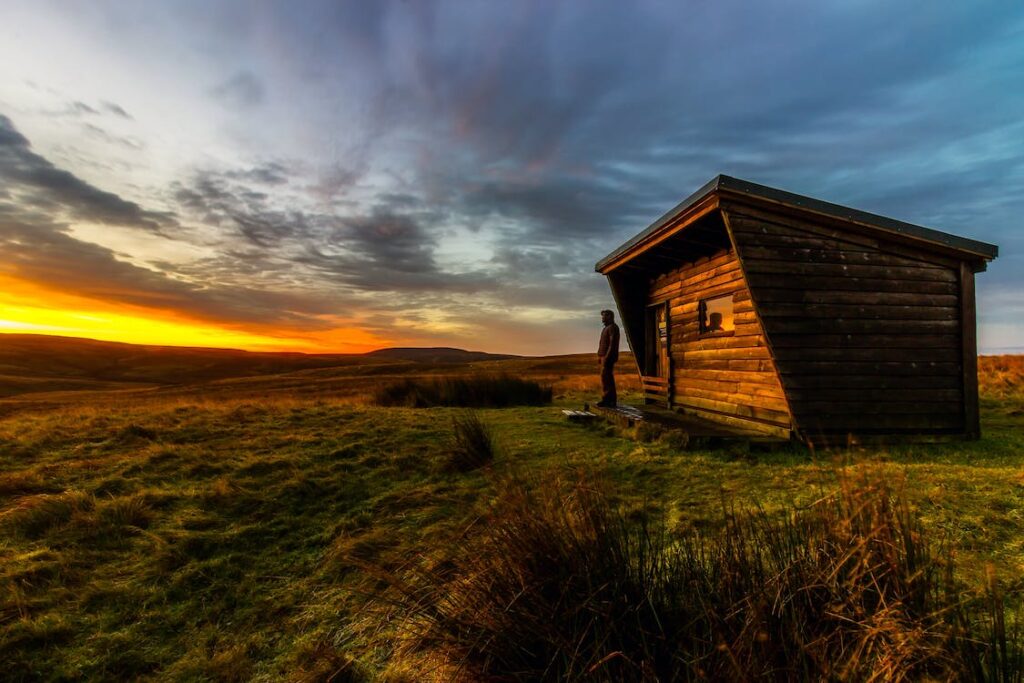
Those seeking financial improvement or a greener lifestyle aren’t the only demographic seeking tiny home bliss.
Retirees, no longer tied to a full-time job, are among the biggest advocates for saving. Almost 40% of tiny homeowners are over fifty years of age. A tiny home is a great help in achieving some common retirement goals. Mobility allows you to travel comfortably, intimacy allows you to spend more time with your partner, and who hasn’t heard retirees citing their need to downsize?
Another group more inclined to live in tiny houses is location independence. Vast numbers of American workers are being torn away from their permanent roots. One workforce website estimates that one in three Americans freelance. The Internet’s ability to provide fast and reliable communications eliminates the need for large numbers of employees in the office and allows employers to reduce costs by using remote work. The use of location-independent employees (freelancers, consultants, contractors, etc.) is expected to continue to increase as manufacturing, technology, and workforce efficiencies continue to increase.
For people who choose to work remotely (or are forced to find one), a traditional home may no longer be a necessary investment. Many people choose a place to live and stay there for a long time, partly because their job requires it. As proximity ties to our employers are severed, more people will be able to move and travel freely. This lifestyle encourages tiny home living, even if it’s not the norm.



